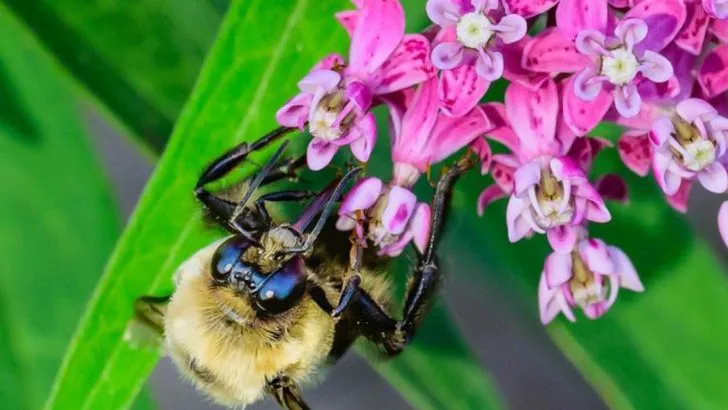A healthy garden isn’t just about what grows from the soil—it’s also about who visits from the sky. Bees and butterflies are essential pollinators, bringing life and productivity to everything from flowers to vegetables. But in many areas, their populations are declining—often because gardens lack the right conditions to welcome them in.
These 11 simple strategies will help you turn your garden into a true pollinator haven. With the right plant choices, a few habitat tweaks, and a little less pesticide, you can attract buzzing and fluttering friends that will make your garden more vibrant—and more alive—than ever.
Plant Native Flowers
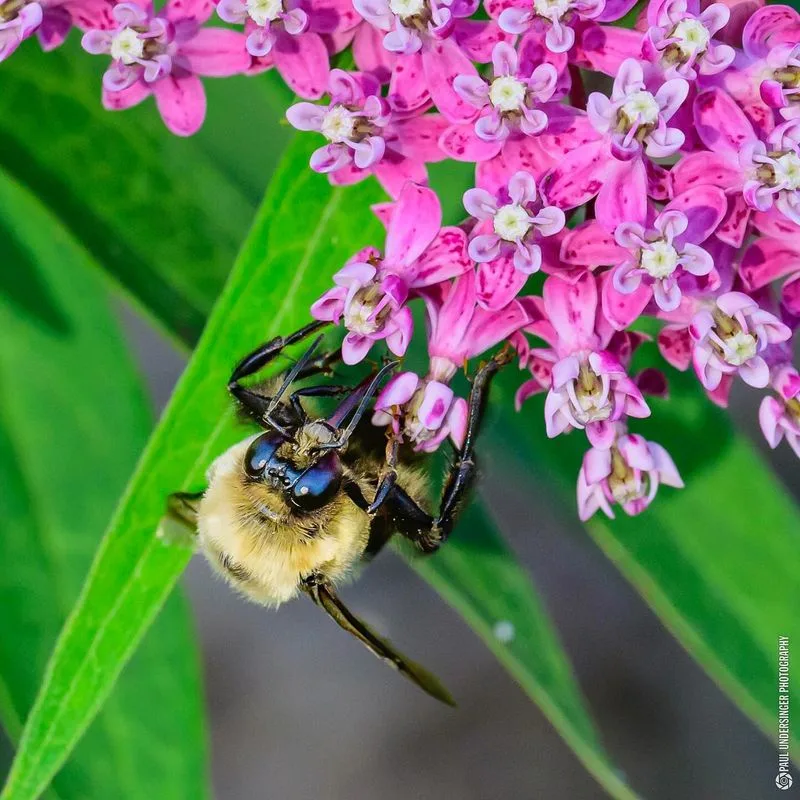
Native flowers are more than just a pretty addition to your garden; they’re a lifeline for local pollinators. These plants have evolved alongside local bees and butterflies, providing the perfect balance of nectar and pollen. By choosing native species, you’re offering a familiar and nutritious feast that benefits both flora and fauna.
Consider adding varieties like purple coneflowers or black-eyed Susans, each bursting with color and life. Not only do they attract essential pollinators, but they also thrive in local climates, reducing the need for extra care. It’s a win-win for your garden and the environment.
Create a Water Source
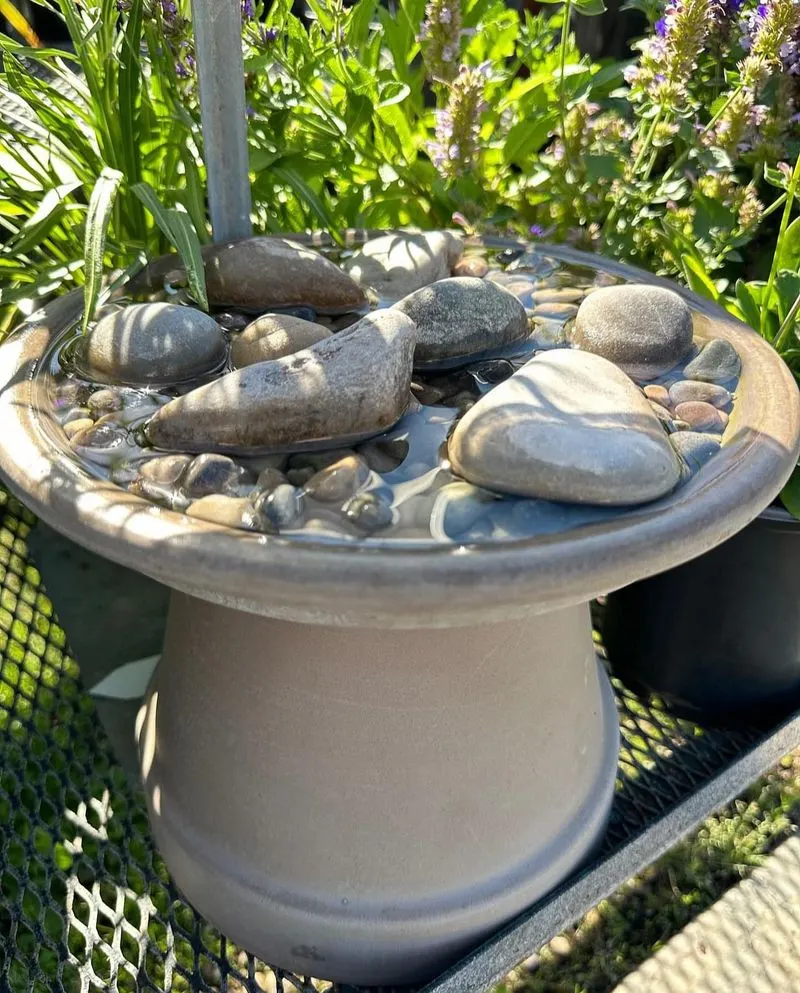
Water is a necessity for all living things, including bees and butterflies. A simple water feature can make a world of difference. Consider placing a shallow dish filled with pebbles and water, allowing these creatures to drink without risk. Bees will be drawn to the water for hydration, while butterflies use it to imbibe essential minerals.
Position your water source in a sunny spot to keep it warm and inviting. Regularly refresh the water to ensure cleanliness. This small gesture can lead to a bustling, thriving garden filled with the gentle hum of nature.
Install Bee Hotels
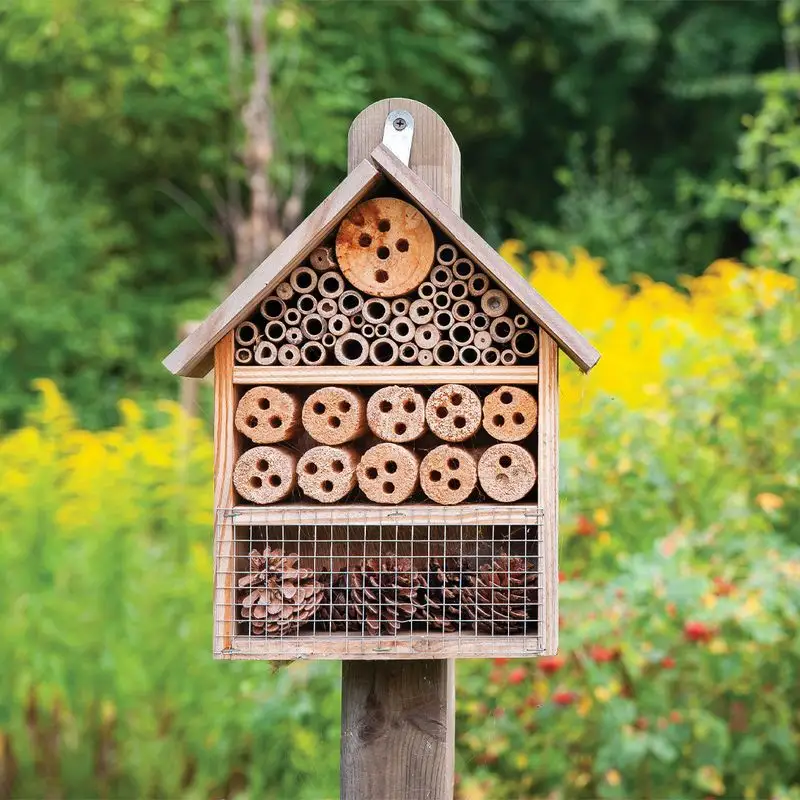
Bee hotels are not just functional; they’re a quirky addition to any garden. These structures provide shelter for solitary bees, crucial pollinators often overlooked. Solitary bees may not have the social buzz of their hive-building cousins, but their pollination prowess is unmatched.
Creating or purchasing a bee hotel can offer these industrious insects a safe haven. Place it in a dry, sunny location, and watch as these gentle creatures make themselves at home, enhancing the vibrancy of your garden with every visit.
Use Bright Colors
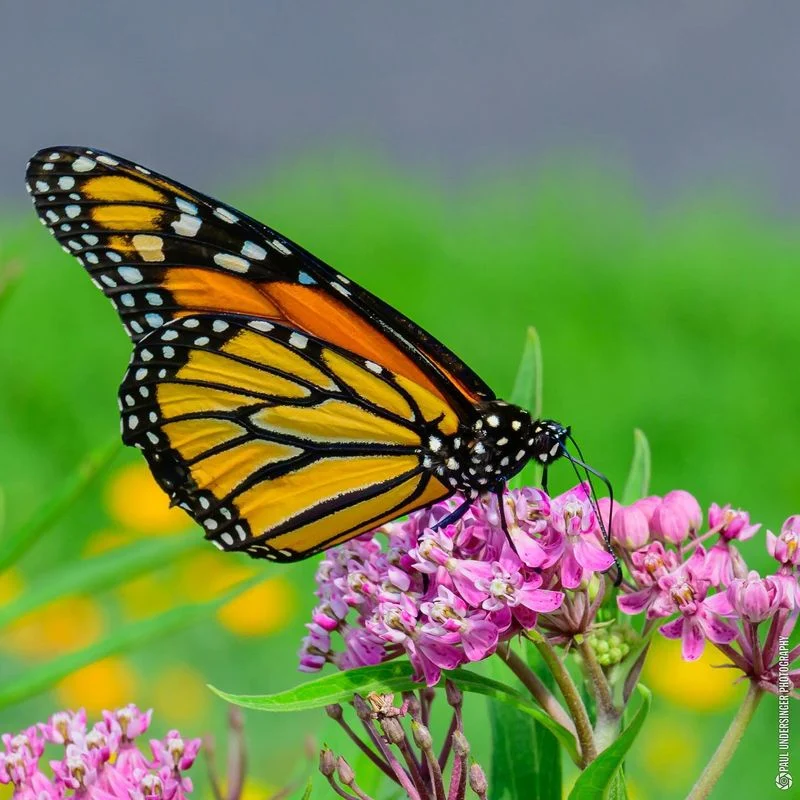
The allure of bright colors is not just a human fascination; bees and butterflies are equally drawn to them. Flowers in shades of red, yellow, and purple act like a beacon for these creatures, guiding them to nectar-rich sources.
By planting a mix of vibrant flowers, you’re setting up a visual feast that appeals to their keen senses. Consider marigolds, zinnias, or daisies, each contributing a splash of color. This approach not only beautifies your space but also invites an array of pollinators to create a lively garden scene.
Provide Shelter
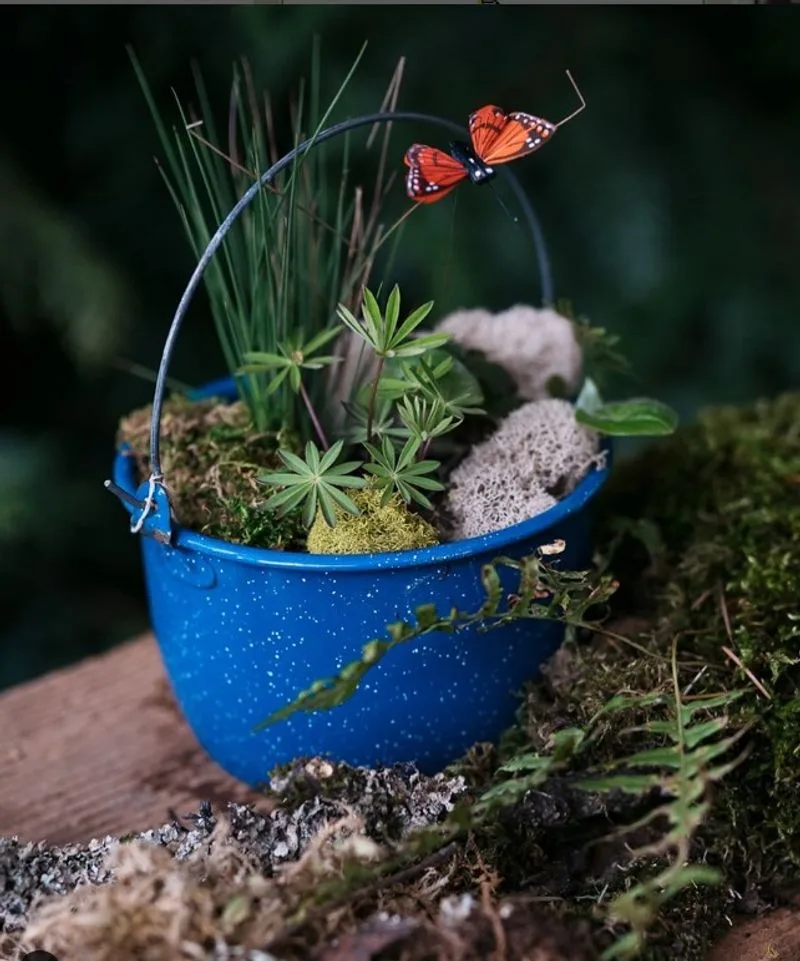
A garden isn’t just about blooms; it’s about creating a balanced ecosystem. Dense shrubs and tall grasses offer essential shelter for bees and butterflies, protecting them from harsh weather and predators.
Planting hedges or allowing a corner of your garden to grow wild gives these creatures a safe retreat. It’s not only a sanctuary but also a nesting site that supports their life cycle. With shelter in place, your garden becomes a vibrant, safe haven, buzzing with life and activity.
Avoid Pesticides
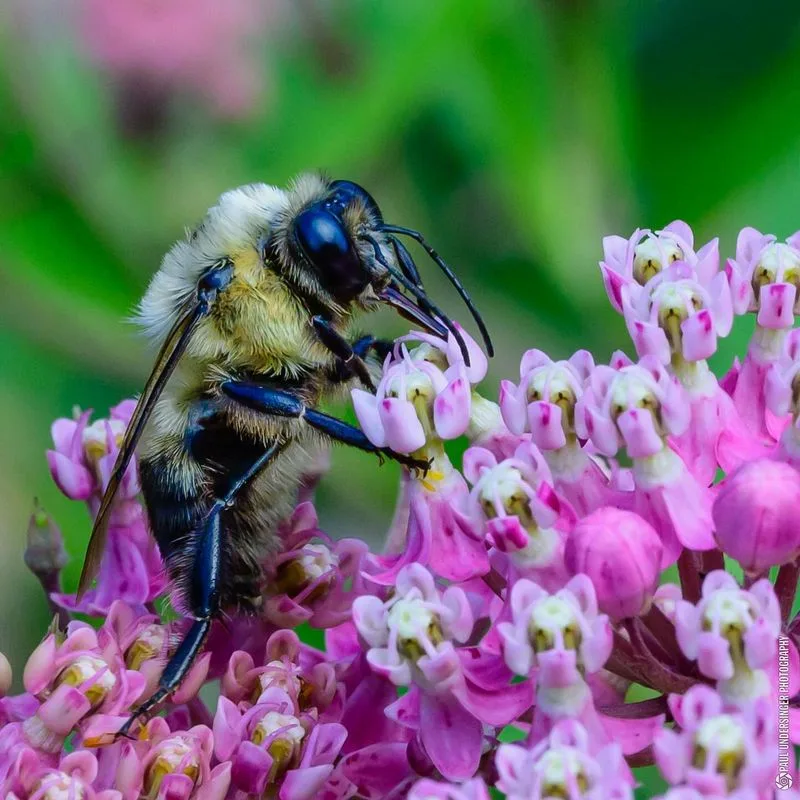
Pesticides might promise a pest-free garden, but they often harm the very pollinators you wish to attract. Embracing organic gardening methods ensures a safe, welcoming environment for bees and butterflies.
By encouraging natural predators and using organic alternatives, you foster a healthy ecosystem. The absence of harmful chemicals allows these beneficial insects to flourish, turning your garden into a lively, buzzing paradise. In return, they offer their pollination services, boosting your garden’s output.
Grow Butterfly Host Plants
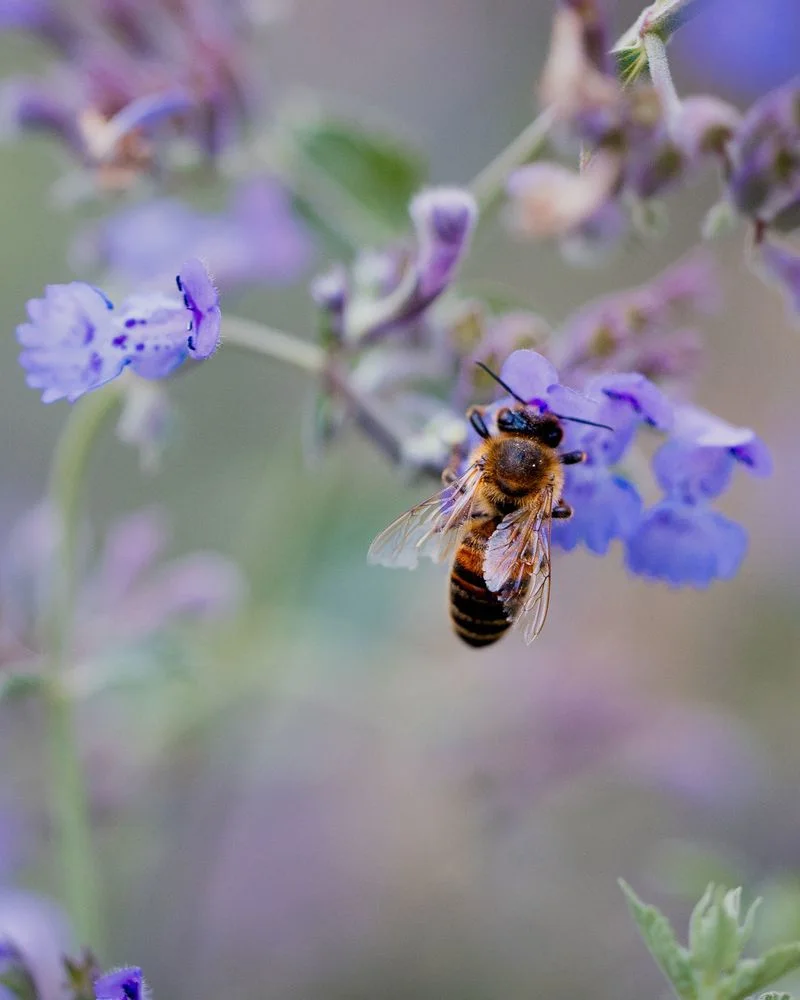
Butterflies need more than just nectar; they require specific plants for their larvae. Host plants like milkweed and parsley provide essential nourishment for caterpillars, ensuring the next generation of butterflies.
By including these in your garden, you’re supporting the complete lifecycle of butterflies. Watching caterpillars transform into graceful butterflies adds a magical touch to your garden experience. It’s an investment in beauty and biodiversity that keeps your space lively and ever-changing.
Incorporate Fragrant Herbs
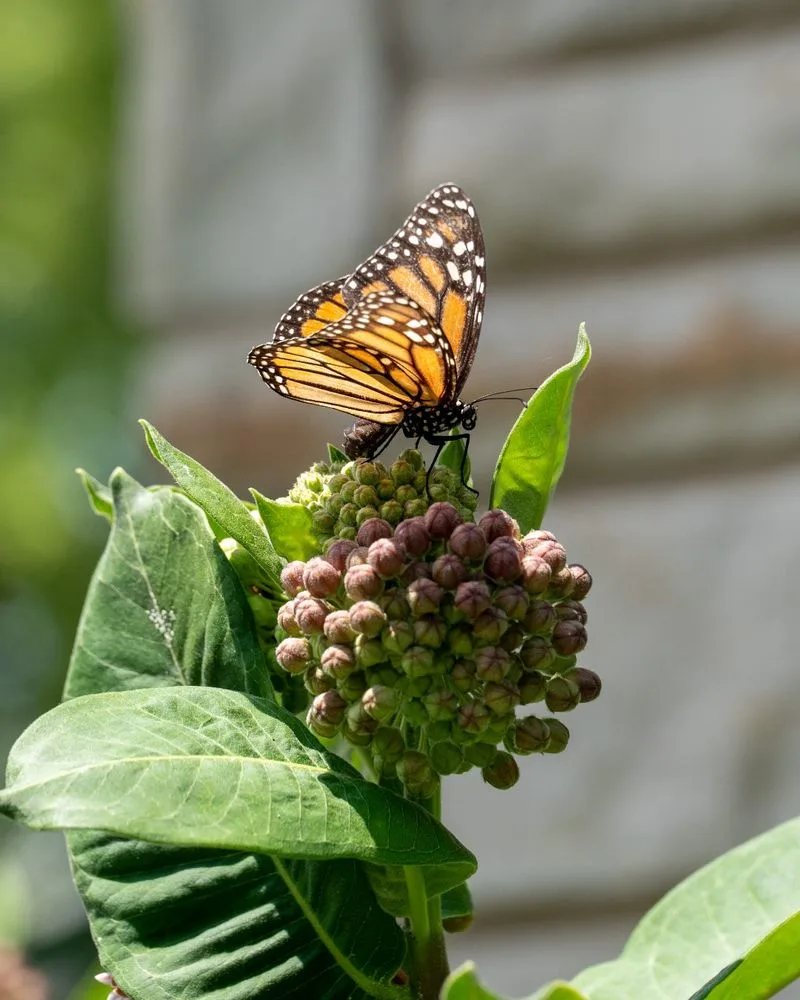
The scent of fragrant herbs isn’t just therapeutic for humans; it’s a powerful attractant for bees and butterflies. Lavender, mint, and sage offer aromatic allure while providing nectar.
Planting these herbs creates a multi-sensory experience, where sight and smell combine to draw in pollinators. Not only do these herbs enhance culinary dishes, but they also support a thriving garden ecosystem, making them a valuable addition to any space seeking life and activity.
Keep a Seasonal Bloom Cycle
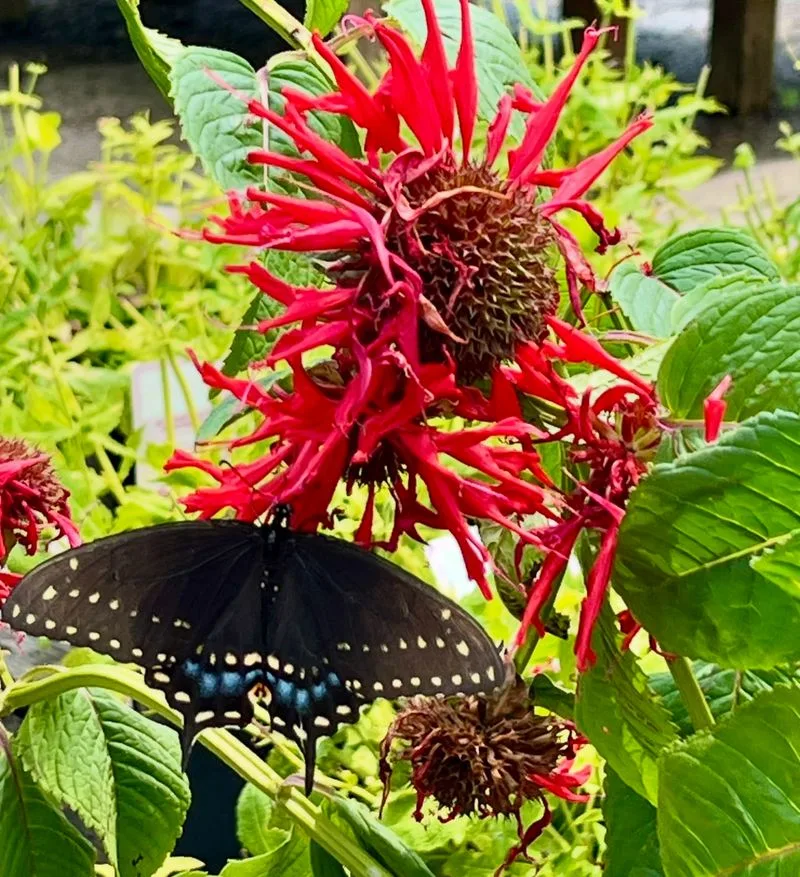
To maintain a year-round attraction for bees and butterflies, consider a seasonal bloom cycle. By planting flowers that bloom at different times, you ensure a constant source of nectar and pollen.
Daffodils in spring, sunflowers in summer, and asters in fall create a dynamic, ever-changing landscape. This continuous cycle keeps pollinators visiting, offering them sustenance throughout the seasons. Your garden becomes a dependable haven, thriving with activity and color all year long.
Designate a Wildflower Patch
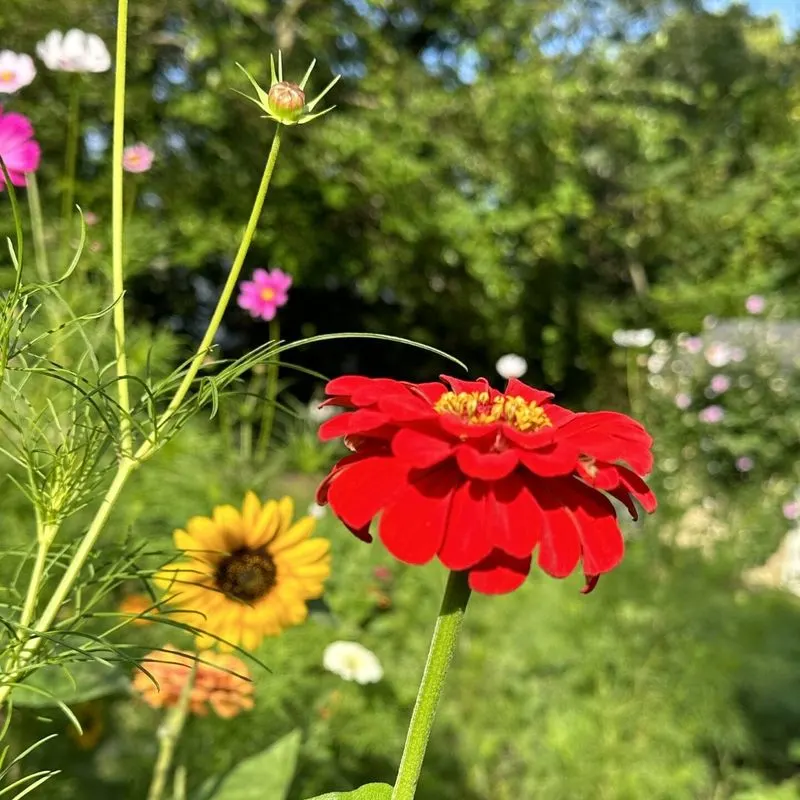
Wildflower patches provide an effortless way to attract bees and butterflies. Their diverse blooms offer a smorgasbord of nectar and pollen, supporting various pollinator species.
Allowing a portion of your garden to grow wild creates a natural and carefree environment. It’s a low-maintenance option that enriches biodiversity. With every visit, bees and butterflies contribute to the health and vibrancy of your garden, ensuring it remains a lively and colorful habitat.
Educate Neighbors
Pollinator-friendly practices extend beyond your own garden. By educating neighbors, you create a community effort. Hosting workshops or sharing tips ensures everyone benefits from thriving pollinators.
Creating awareness about the importance of bees and butterflies fosters collective action. As more gardens adopt these practices, a network of safe havens emerges, boosting local biodiversity. It’s an empowering way to ensure a sustainable future, where gardens and communities flourish together.

